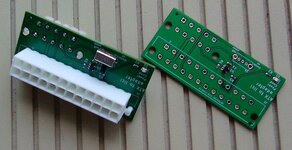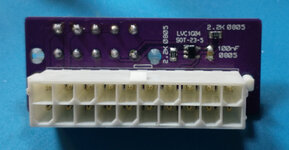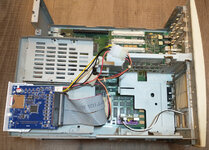Phipli
Well-known member
A friend designed an adapter for converting ATX to connect to a IIcx, IIci, IIsi, Q700, C/Q650, IIvx, IIvi, P600, Q800 and 7100. Handy for bench testing, and with a little work on mounting, may help with replacing PSUs.
He has shared the design. You're free to make some for yourself.
I've asked him to clarify licencing. I'd assume non commercial for now

 github.com
github.com
He has shared the design. You're free to make some for yourself.
I've asked him to clarify licencing. I'd assume non commercial for now
GitHub - GeorgeRudolf/OldMacATX: ATX Adapter for IIcx, IIci, (IIsi?), IIvx, IIvi, P600, C/Q650, Q800, PM7100
ATX Adapter for IIcx, IIci, (IIsi?), IIvx, IIvi, P600, C/Q650, Q800, PM7100 - GeorgeRudolf/OldMacATX



